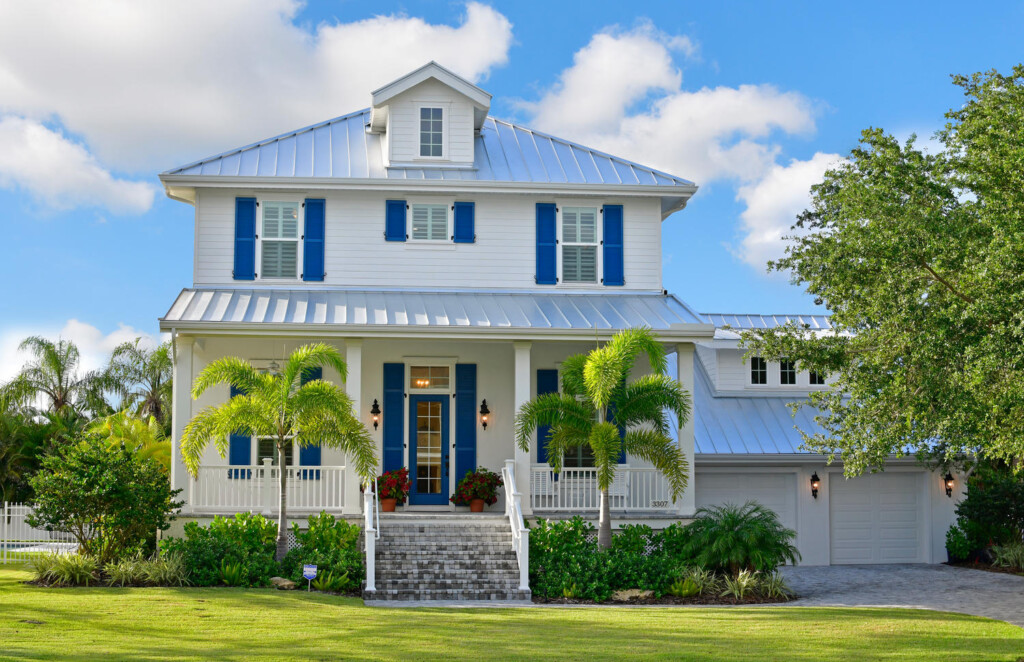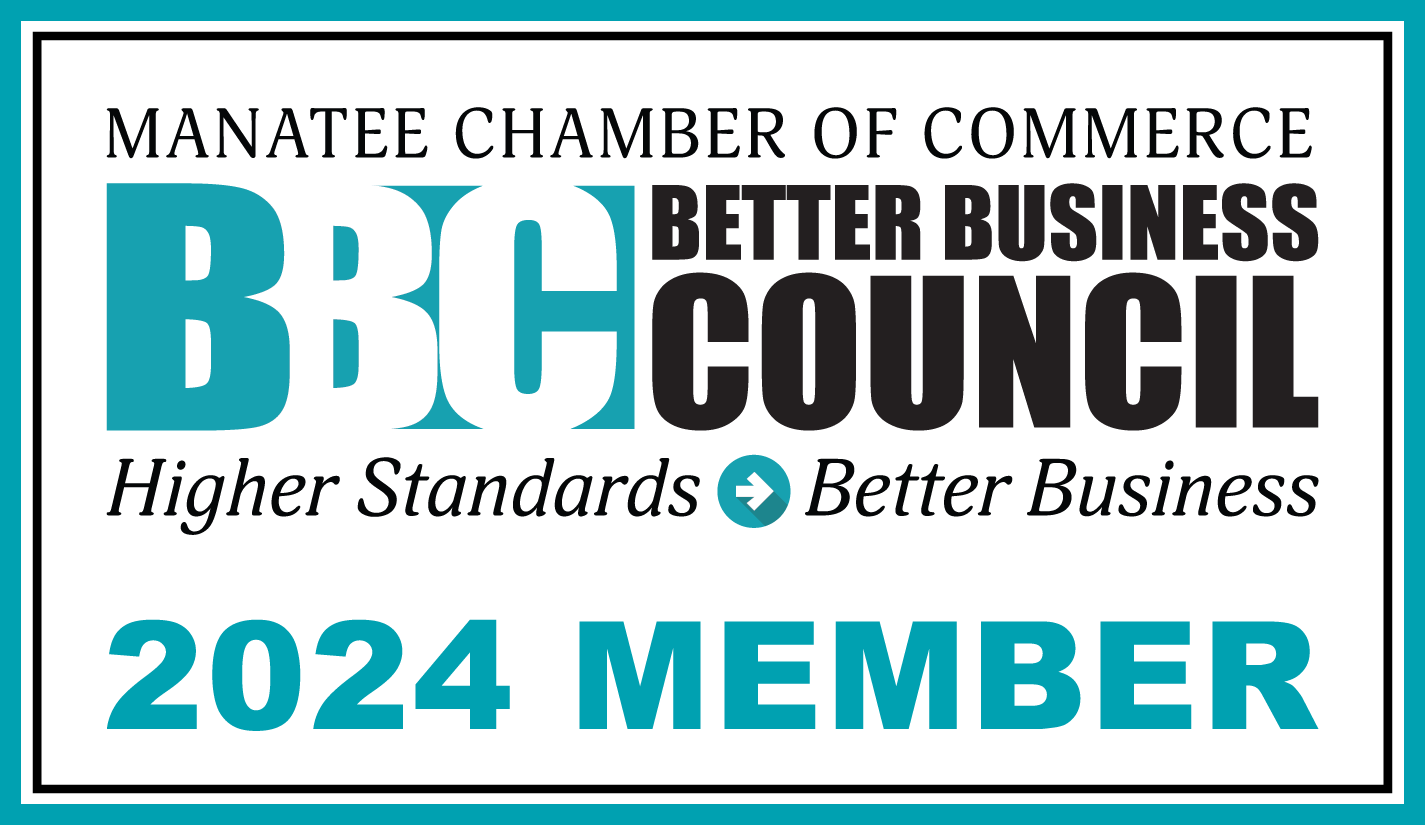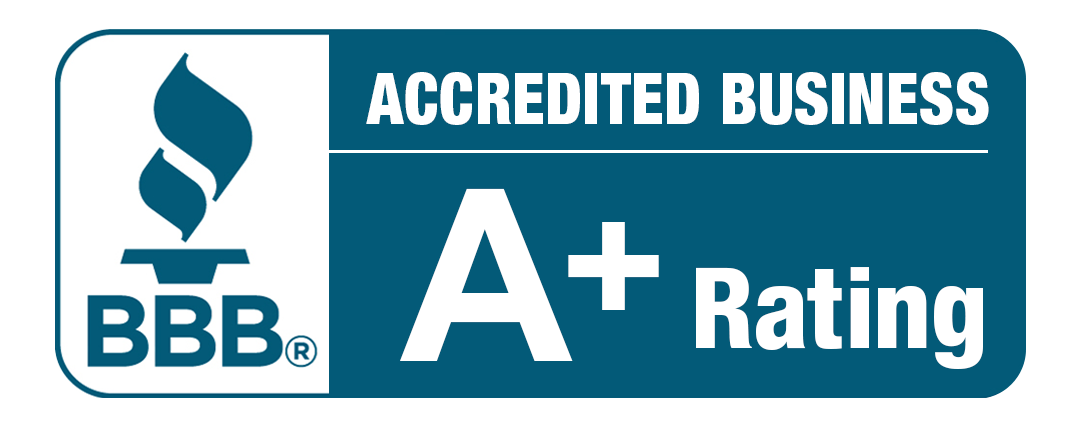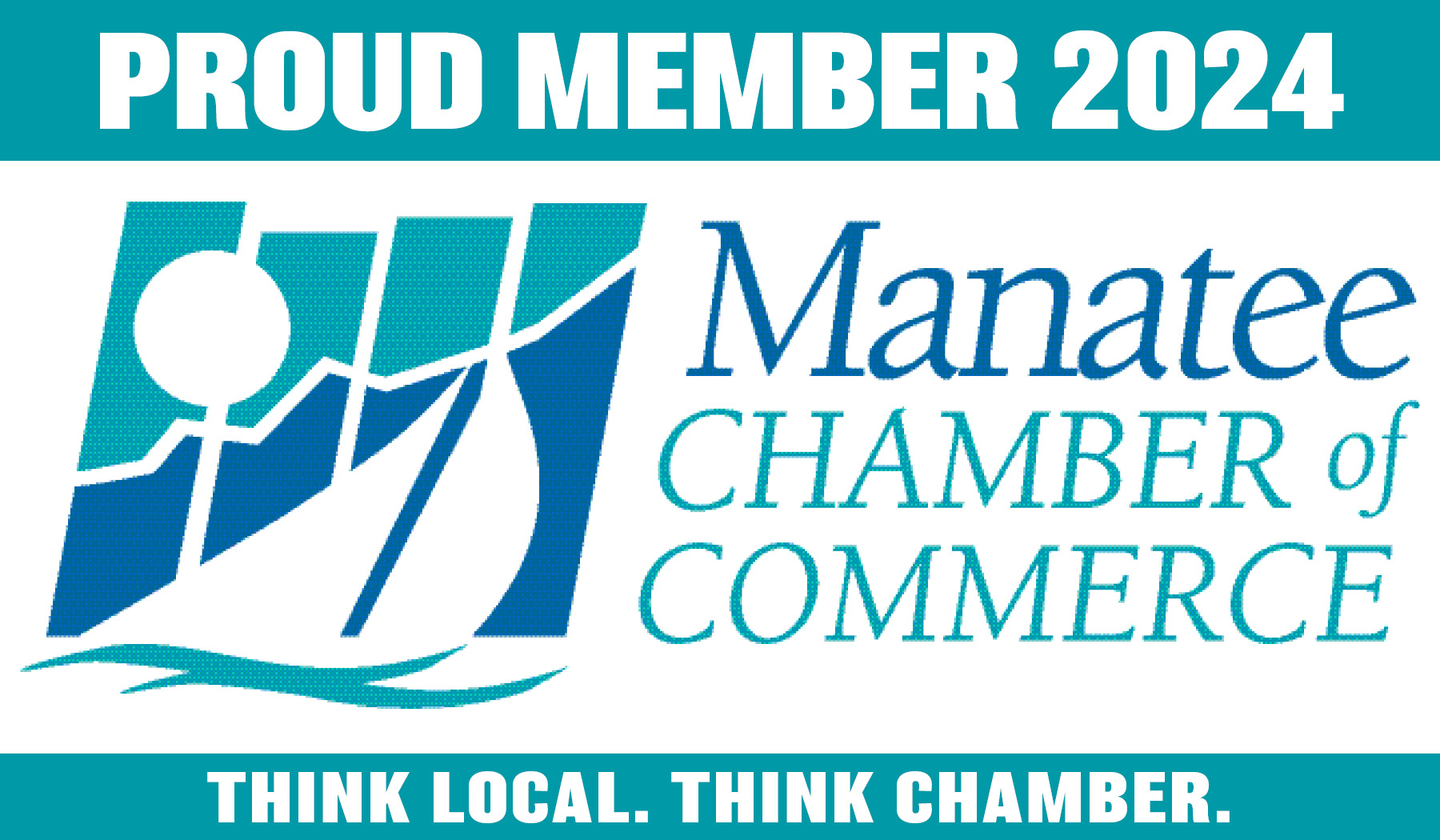In Florida, the allure of coastal living comes with the responsibility of protecting your home from the threat of potential flooding. in fact, two recent 2024 storms have proven that when choosing to live nearby the Gulf of Mexico, homeowners must prioritize building resilience into their custom homes. Elevating homes is one of the most effective strategies to mitigate flood damage and ensure long-term safety.

The Gulf Coast’s unique geography makes it particularly susceptible to flooding. The region is characterized by low-lying coastal areas, numerous waterways, and a subtropical climate that can bring heavy rainfall. Hurricanes and tropical storms frequently threaten these regions, often resulting in storm surges and prolonged flooding – as we have seen recently. If you are building a custom home in this area, the importance of proactive flood mitigation cannot be ignored.
The Benefits of Elevation
Flood Protection: Elevating a home places it above potential floodwaters, significantly reducing the risk of water damage. This proactive measure can save homeowners thousands in repair costs and insurance premiums over time.
Insurance Incentives: Many insurance companies offer lower premiums for elevated homes. The National Flood Insurance Program (NFIP) provides discounts for structures built above the Base Flood Elevation (BFE), incentivizing homeowners to invest in elevation.
Property Value: Elevation can enhance a home’s market value. As buyers’ awareness of flood risks grows, they are increasingly seeking flood-resilient properties. An elevated home can stand out in a competitive real estate market.
Sustainable Design: Elevating homes often leads to creative architectural solutions that enhance a property’s aesthetic appeal. Raised homes can incorporate features such as covered parking, outdoor living spaces, and stunning views while adhering to flood mitigation standards.
Elevation Techniques
There are several methods for elevating homes, each tailored to the specific needs of the property and its surroundings:
Pier and Beam Foundation: This traditional technique involves raising the home on a series of piers or columns. It allows for adequate ventilation and access to plumbing, making it a popular choice for coastal homes.
Flood-Resistant Fill: In some cases, homeowners can use flood-resistant fill to elevate their property. This method involves raising the land around the home, which can help prevent water from pooling.
Elevated Slab Foundations: For newer constructions, elevated slab foundations provide a solid base while raising the living space above flood levels. This approach is often combined with other flood mitigation techniques, such as proper drainage systems.
Considerations for Custom Homes
When designing a custom home in Florida, several factors should be considered to ensure effective elevation:
Local Building Codes: Compliance with local building codes is crucial. Regulations often dictate minimum elevation requirements based on flood zones. A reputable local builder will know and understand all regulations that may apply where you wish to build.
Site Analysis: Conducting a thorough site analysis can help identify the best elevation method. Factors like soil type, proximity to water, and existing drainage patterns all play a role in determining the most effective strategy.
Aesthetic Integration: Elevation doesn’t have to compromise style. Collaborating with architects and designers who specialize in elevated homes can lead to innovative designs that seamlessly integrate with the surrounding environment.
We Build Custom Homes for Coastal Areas
As this region faces the reality of frequent flooding, elevating custom homes emerges as a crucial strategy for resilience. By prioritizing elevation in the design and construction process, homeowners can protect their investments, enhance property values, and contribute to a sustainable future.
Elevated homes can be both beautiful and resilient, embodying the best of Florida living while safeguarding against the unpredictable forces of nature. Call Bruce Williams today to learn more.
In Florida, the allure of coastal living comes with the responsibility of protecting your home from the threat of potential flooding. in fact, two recent 2024 storms have proven that when choosing to live nearby the Gulf of Mexico, homeowners must prioritize building resilience into their custom homes. Elevating homes is one of the most effective strategies to mitigate flood damage and ensure long-term safety.

The Gulf Coast’s unique geography makes it particularly susceptible to flooding. The region is characterized by low-lying coastal areas, numerous waterways, and a subtropical climate that can bring heavy rainfall. Hurricanes and tropical storms frequently threaten these regions, often resulting in storm surges and prolonged flooding – as we have seen recently. If you are building a custom home in this area, the importance of proactive flood mitigation cannot be ignored.
The Benefits of Elevation
Flood Protection: Elevating a home places it above potential floodwaters, significantly reducing the risk of water damage. This proactive measure can save homeowners thousands in repair costs and insurance premiums over time.
Insurance Incentives: Many insurance companies offer lower premiums for elevated homes. The National Flood Insurance Program (NFIP) provides discounts for structures built above the Base Flood Elevation (BFE), incentivizing homeowners to invest in elevation.
Property Value: Elevation can enhance a home’s market value. As buyers’ awareness of flood risks grows, they are increasingly seeking flood-resilient properties. An elevated home can stand out in a competitive real estate market.
Sustainable Design: Elevating homes often leads to creative architectural solutions that enhance a property’s aesthetic appeal. Raised homes can incorporate features such as covered parking, outdoor living spaces, and stunning views while adhering to flood mitigation standards.
Elevation Techniques
There are several methods for elevating homes, each tailored to the specific needs of the property and its surroundings:
Pier and Beam Foundation: This traditional technique involves raising the home on a series of piers or columns. It allows for adequate ventilation and access to plumbing, making it a popular choice for coastal homes.
Flood-Resistant Fill: In some cases, homeowners can use flood-resistant fill to elevate their property. This method involves raising the land around the home, which can help prevent water from pooling.
Elevated Slab Foundations: For newer constructions, elevated slab foundations provide a solid base while raising the living space above flood levels. This approach is often combined with other flood mitigation techniques, such as proper drainage systems.
Considerations for Custom Homes
When designing a custom home in Florida, several factors should be considered to ensure effective elevation:
Local Building Codes: Compliance with local building codes is crucial. Regulations often dictate minimum elevation requirements based on flood zones. A reputable local builder will know and understand all regulations that may apply where you wish to build.
Site Analysis: Conducting a thorough site analysis can help identify the best elevation method. Factors like soil type, proximity to water, and existing drainage patterns all play a role in determining the most effective strategy.
Aesthetic Integration: Elevation doesn’t have to compromise style. Collaborating with architects and designers who specialize in elevated homes can lead to innovative designs that seamlessly integrate with the surrounding environment.
We Build Custom Homes for Coastal Areas
As this region faces the reality of frequent flooding, elevating custom homes emerges as a crucial strategy for resilience. By prioritizing elevation in the design and construction process, homeowners can protect their investments, enhance property values, and contribute to a sustainable future.
Elevated homes can be both beautiful and resilient, embodying the best of Florida living while safeguarding against the unpredictable forces of nature. Call Bruce Williams today to learn more.






